The New Deal Comes to Grapevine: History of The School The WPA Built
In a past blog we looked at back-to-work initiatives generated during the Great Depression by President Franklin D. Roosevelt’s New Deal. Most of the funding of Grapevine’s New Deal projects became available through the Works Progress Administration (WPA). These included a canning factory, a sewing room, a new grammar school building, a renovated high school, a new homemaking education building, and the Soil Conservation Service (SCS) Office. The Public Works Administration (PWA) provided funds for a water project. The canning factory story is covered in the August 2024 edition of the Grapevine Historical Society newsletter On The Vine (”Yes, We Canned!”), so be sure to check it out. Today’s blog will discuss the history of the Grapevine school the WPA helped to build. Grapevine had just incorporated in 1907. In 1908 the town first voted a bond issue of $12,000 and a fifteen-cent maintenance tax for a two-story red brick...


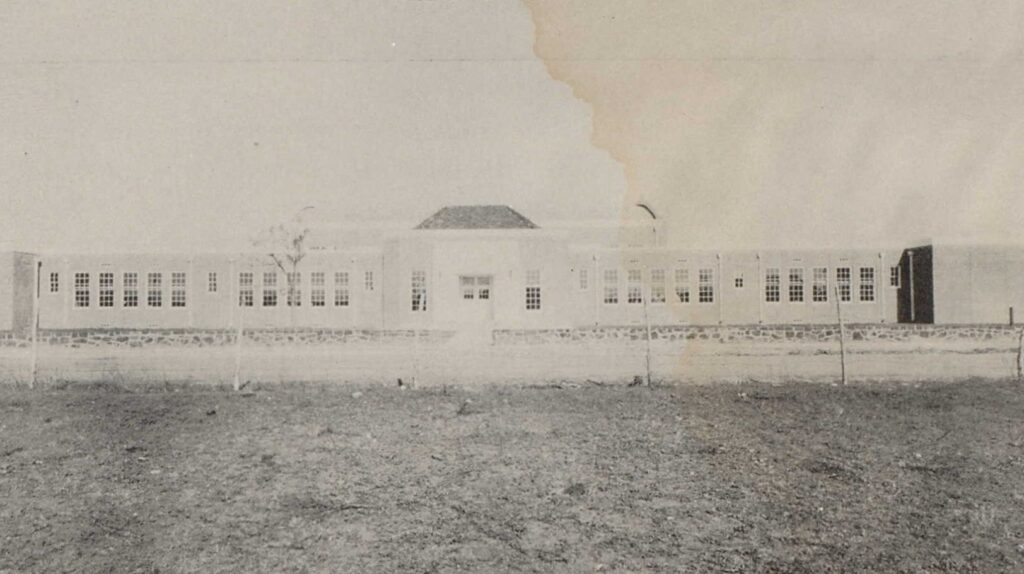
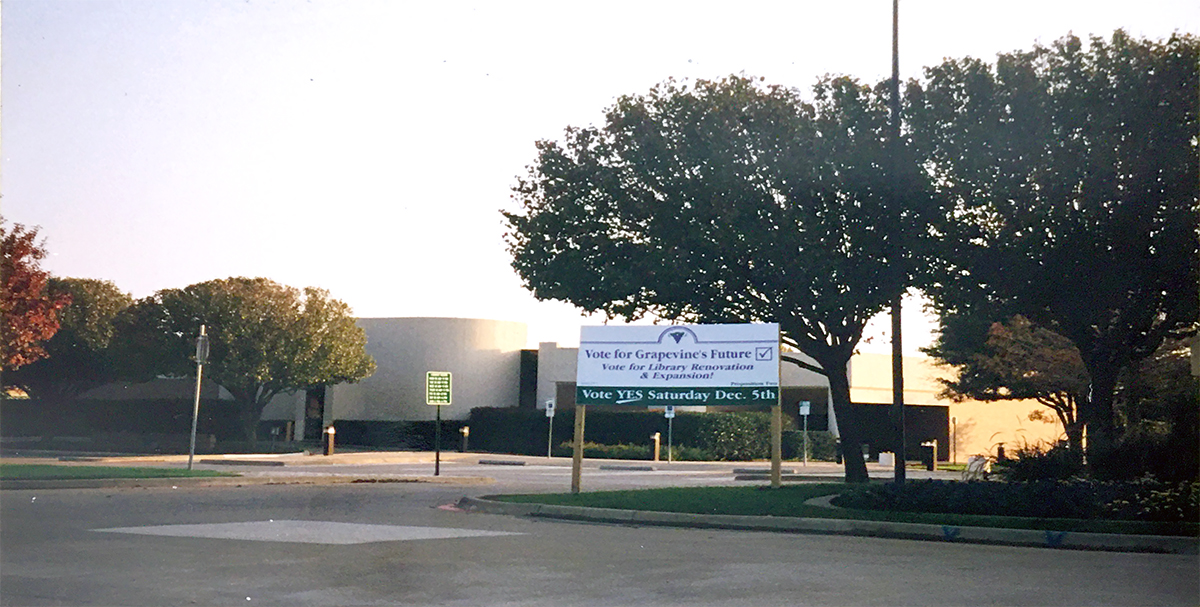
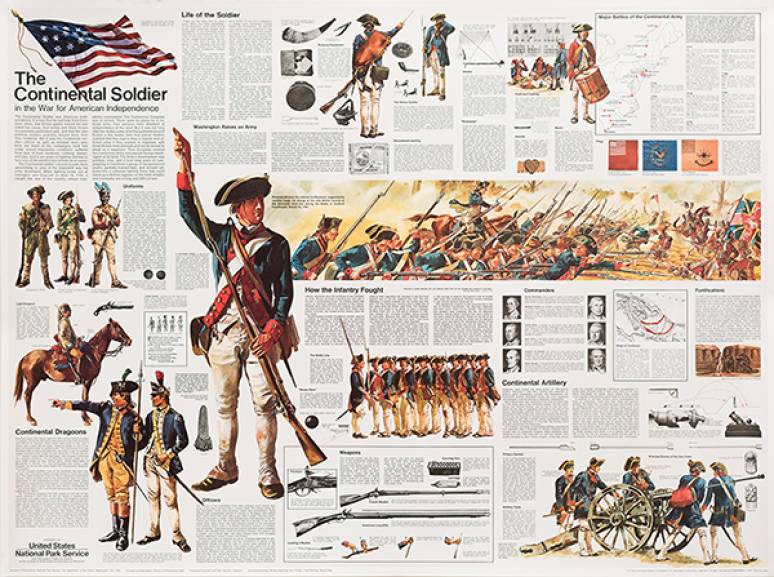
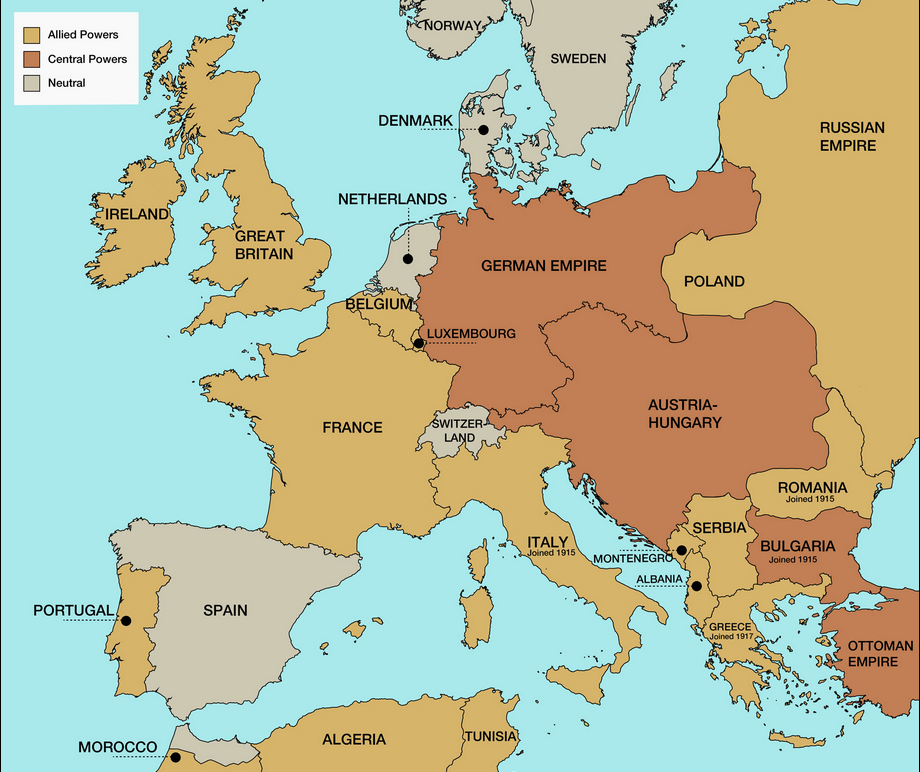
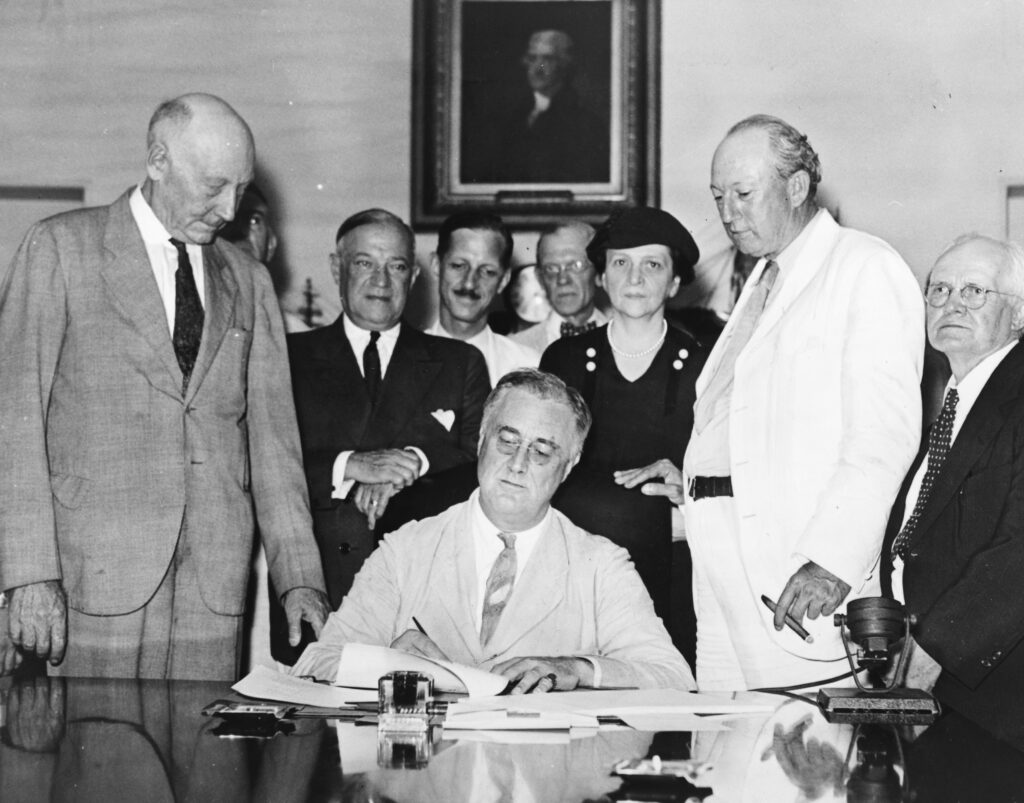

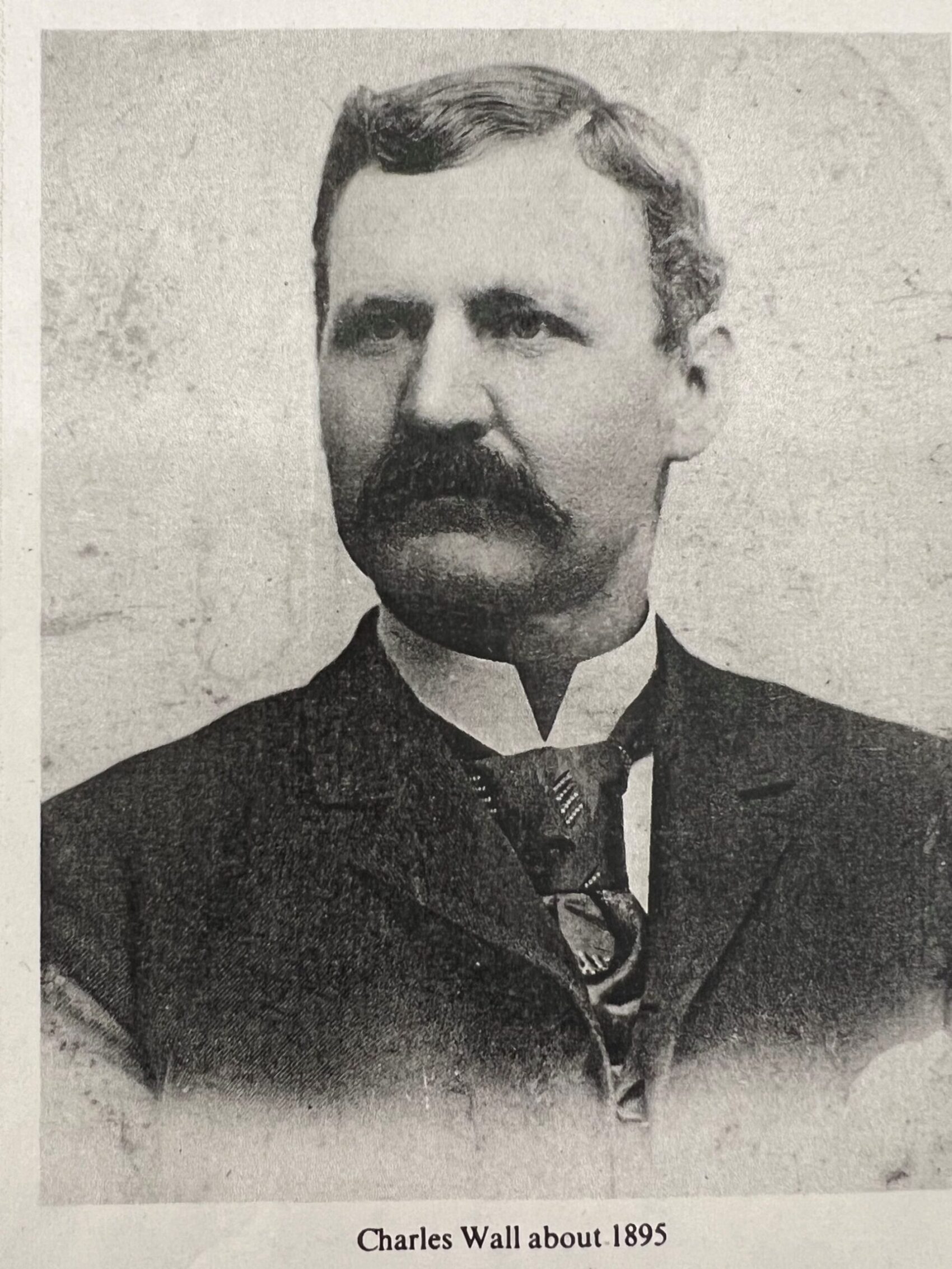

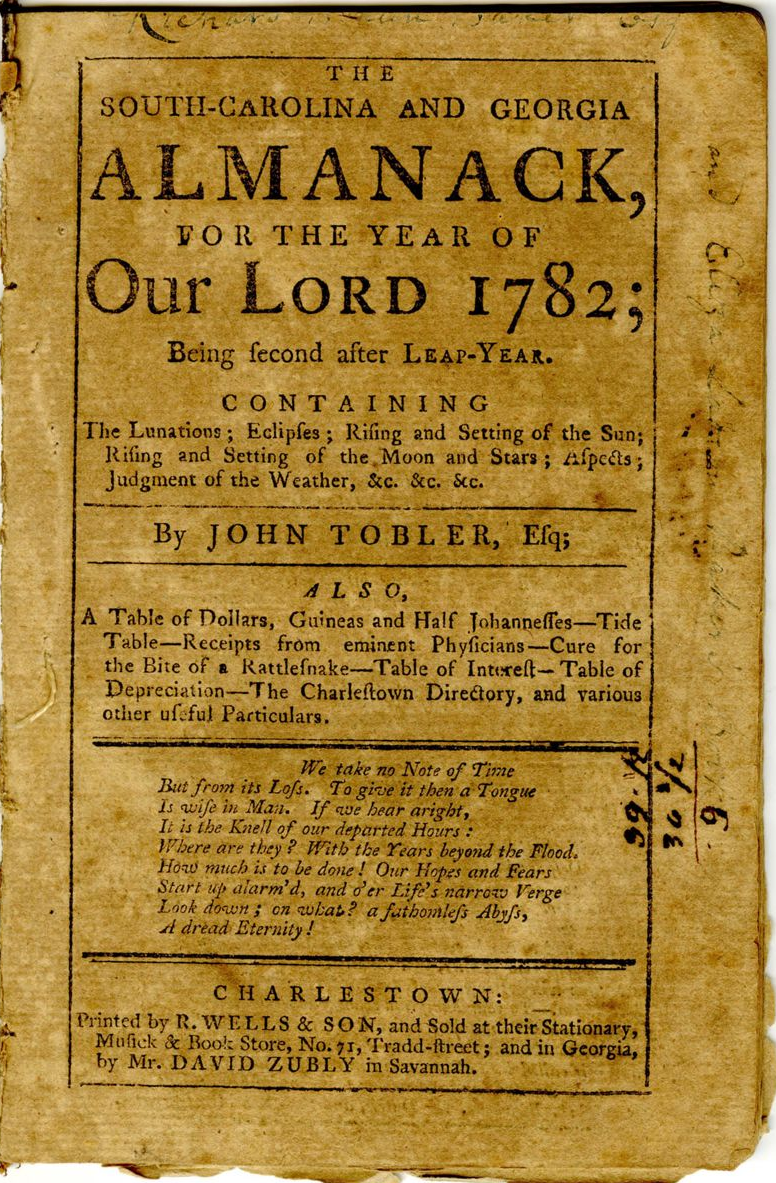
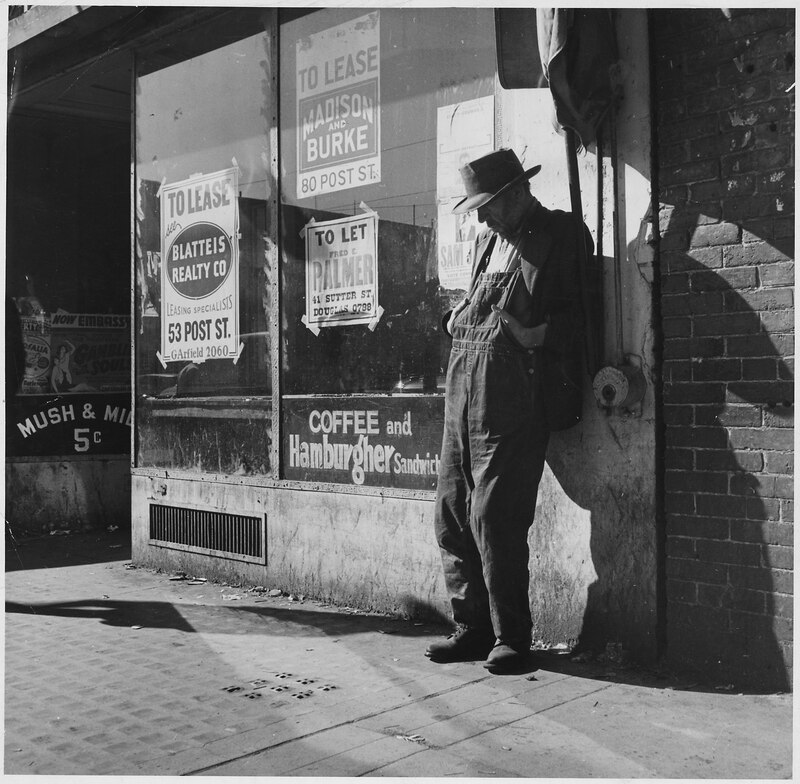

Recent Comments